What Filter Effect Can You Use Camera?
In the ever-evolving world of photography, the use of camera filters has become an essential tool for both amateur and professional photographers. Filters can dramatically alter the appearance of an image, adding depth, enhancing colors, and creating unique effects that would be difficult to achieve through post-processing alone. Understanding the various types of camera filters and their effects can significantly enhance your photographic skills and creativity. In this article, we will explore the most popular camera filters, their effects, and practical applications to help you make informed decisions when capturing your next masterpiece.
1. UV Filters

Effect and Purpose:
UV filters are primarily used to block ultraviolet light, which can cause haziness and reduce the clarity of your images. While modern digital cameras are less sensitive to UV light compared to film cameras, UV filters are still widely used as a protective layer for the camera lens.
Practical Application:
- Protection: The primary use of UV filters today is to protect the lens from dust, scratches, and accidental damage.
- Clarity: In high-altitude or coastal areas where UV light is more intense, UV filters can help reduce the haziness and improve image clarity.
2. Polarizing Filters
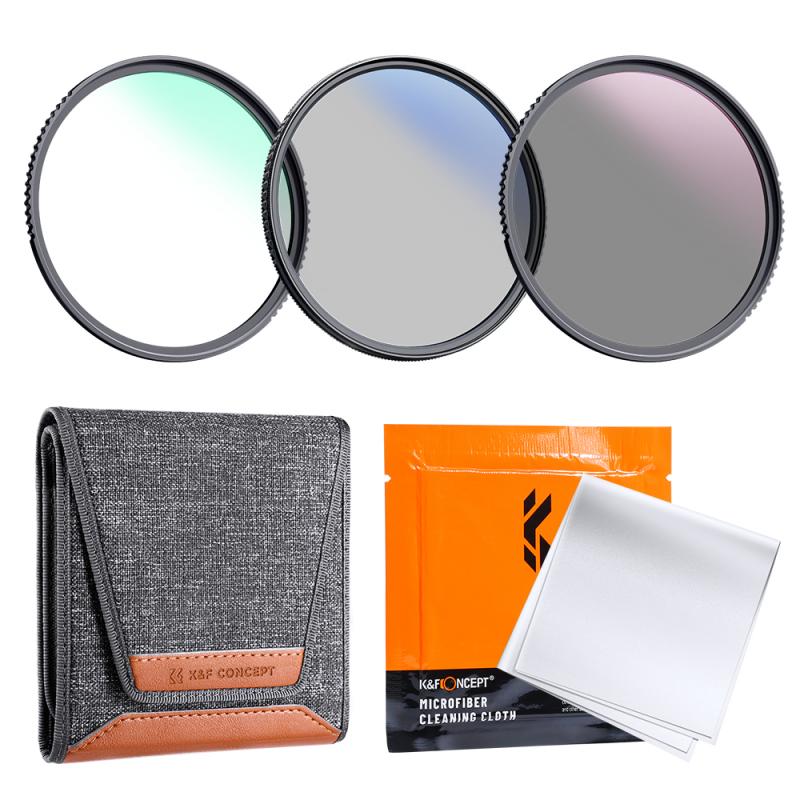
Effect and Purpose:
Polarizing filters are used to reduce reflections, enhance colors, and increase contrast. They work by filtering out polarized light, which is light that has been reflected off surfaces like water, glass, or foliage.
Practical Application:
- Reducing Reflections: Ideal for photographing water bodies, glass windows, or any reflective surfaces to minimize glare.
- Enhancing Colors: Polarizers can make skies appear bluer, foliage greener, and overall colors more vibrant.
- Increasing Contrast: Useful in landscape photography to add depth and contrast to the scene.
3. Neutral Density (ND) Filters
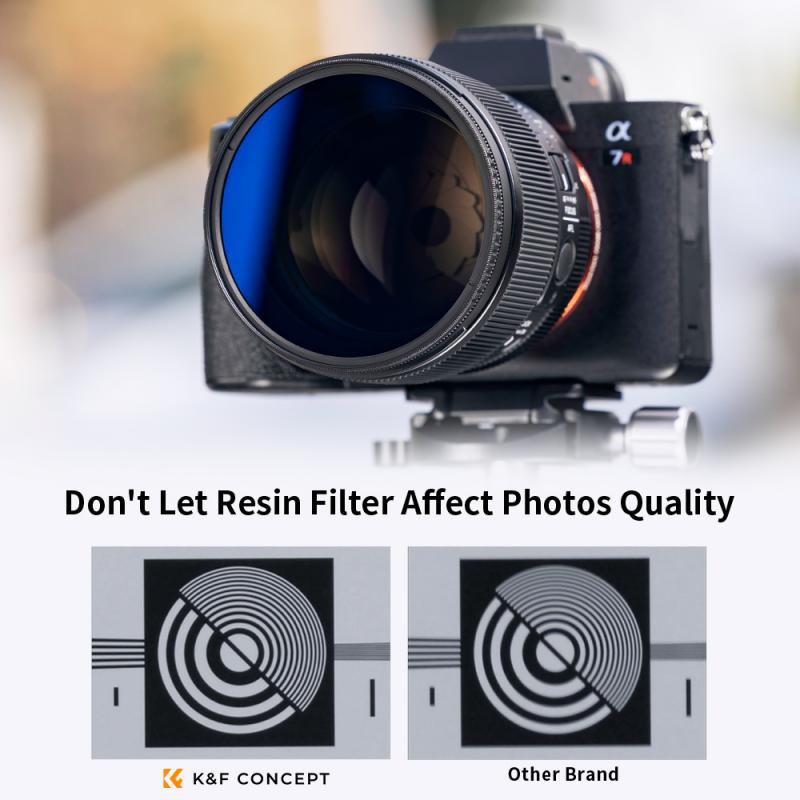
Effect and Purpose:
ND filters reduce the amount of light entering the camera without affecting the color balance. This allows for longer exposure times or wider apertures in bright conditions.
Practical Application:
- Long Exposures: Perfect for capturing motion blur in waterfalls, rivers, or clouds during daylight.
- Wide Apertures: Enables the use of wide apertures for shallow depth-of-field effects in bright light without overexposing the image.
- Video Shooting: Helps maintain a cinematic look by allowing slower shutter speeds in bright conditions.
4. Graduated Neutral Density (GND) Filters
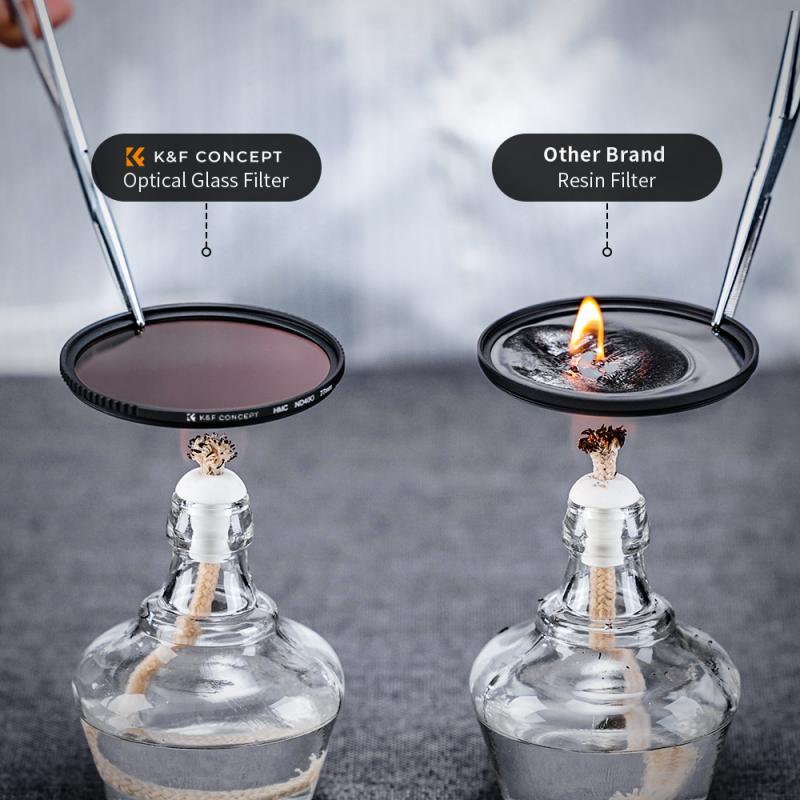
Effect and Purpose:
GND filters are similar to ND filters but with a gradient transition from dark to clear. They are used to balance the exposure between the sky and the foreground in high-contrast scenes.
Practical Application:
- Landscape Photography: Essential for capturing scenes with a bright sky and darker foreground, such as sunsets or sunrises, to avoid overexposing the sky while keeping the foreground well-exposed.
5. Color Filters
Effect and Purpose:
Color filters are used to alter the color balance of an image. They can add warmth, coolness, or specific color casts to your photos.
Practical Application:
- Black and White Photography: In black and white photography, color filters can enhance contrast between different colors. For example, a red filter can make blue skies appear almost black, adding dramatic contrast.
- Creative Effects: Color filters can be used creatively to add mood or atmosphere to an image, such as using a blue filter for a cold, wintery feel or a yellow filter for a warm, sunny look.
6. Infrared (IR) Filters
Effect and Purpose:
IR filters block visible light and allow only infrared light to pass through, creating surreal and otherworldly images.
Practical Application:
- Infrared Photography: Used to capture unique images with a dreamlike quality, where foliage appears white, skies are dark, and overall scenes have an ethereal look.
7. Special Effects Filters
Effect and Purpose:
Special effects filters include a variety of filters designed to create specific visual effects, such as starburst, soft focus, or kaleidoscope effects.
Practical Application:
- Starburst Filters: Create star-shaped light flares from point light sources, adding a magical touch to night photography.
- Soft Focus Filters: Soften the overall image, reducing sharpness and creating a dreamy, romantic effect, often used in portrait photography.
- Kaleidoscope Filters: Produce multiple, symmetrical images of the subject, creating a psychedelic effect.
Choosing the Right Filter
When selecting a filter, consider the following factors:
- Purpose: Determine the specific effect you want to achieve and choose a filter that meets that need.
- Quality: Invest in high-quality filters to avoid issues like vignetting, color casts, or loss of sharpness.
- Compatibility: Ensure the filter size matches your lens diameter, or use step-up rings to adapt different sizes.
Practical Tips for Using Filters
- Stacking Filters: While it is possible to stack multiple filters, be cautious as this can lead to vignetting or reduced image quality. Use filter holders designed for stacking if necessary.
- Cleaning and Maintenance: Keep your filters clean and free from dust, fingerprints, and smudges. Use a microfiber cloth and lens cleaning solution for best results.
- Experimentation: Don’t be afraid to experiment with different filters and combinations to discover new creative possibilities.
Camera filters are powerful tools that can enhance your photography by adding unique effects, improving image quality, and providing creative control. Whether you are looking to protect your lens, reduce reflections, balance exposures, or create artistic effects, there is a filter for every need. By understanding the various types of filters and their practical applications, you can make informed decisions and elevate your photography to new heights. So, next time you head out with your camera, consider adding a filter to your kit and explore the endless possibilities they offer.



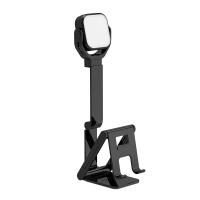


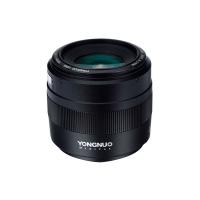
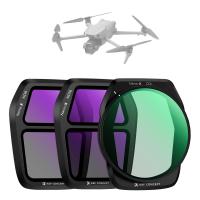


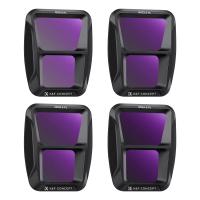
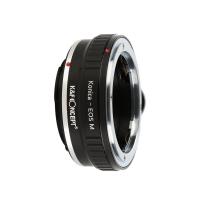
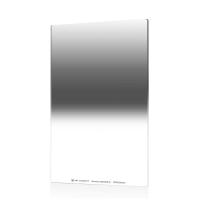
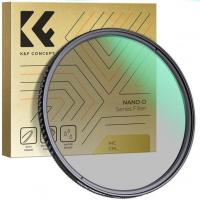

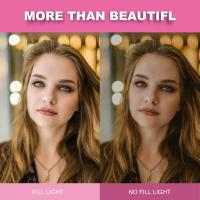
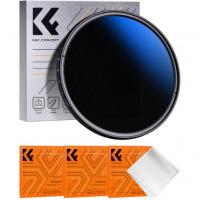
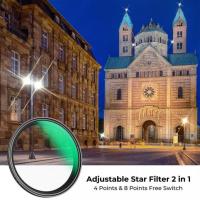

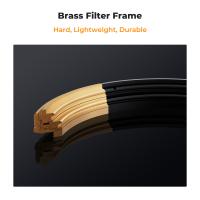

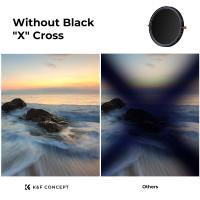
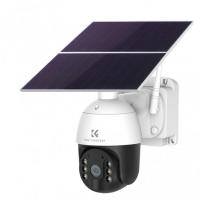



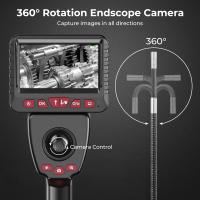
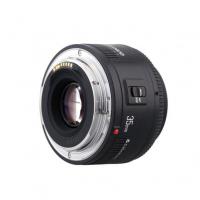


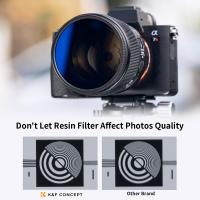


There are no comments for this blog.